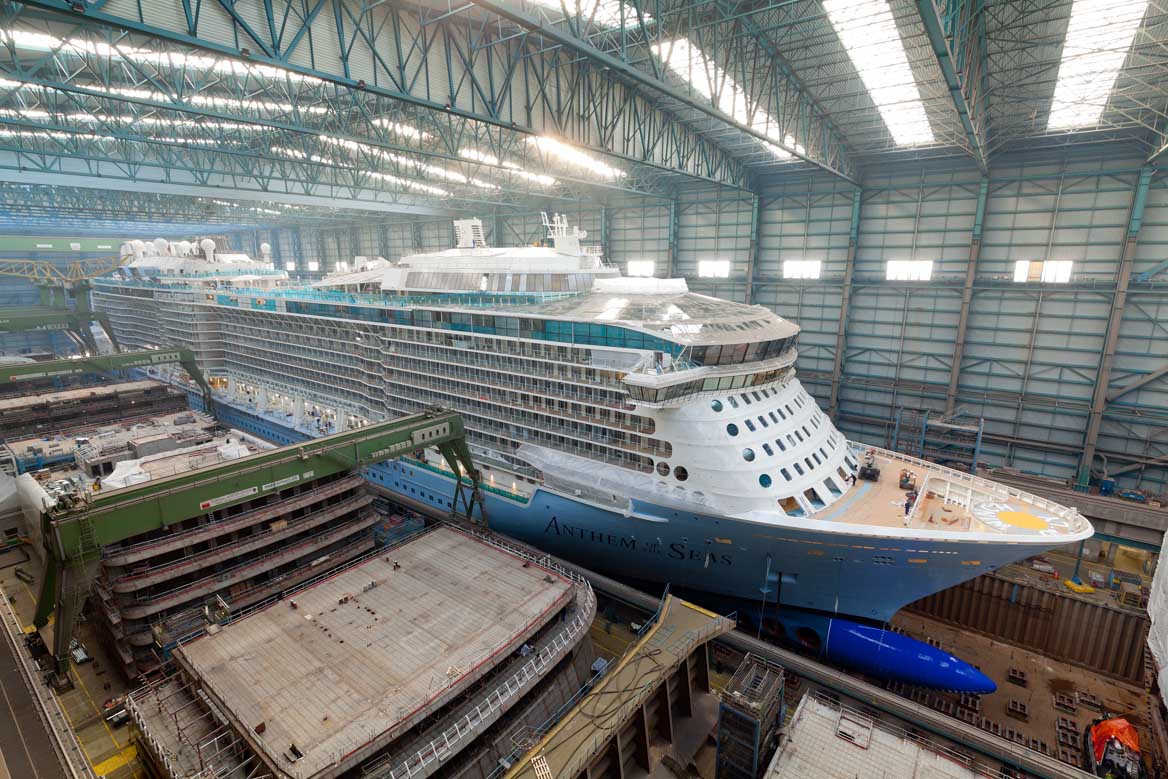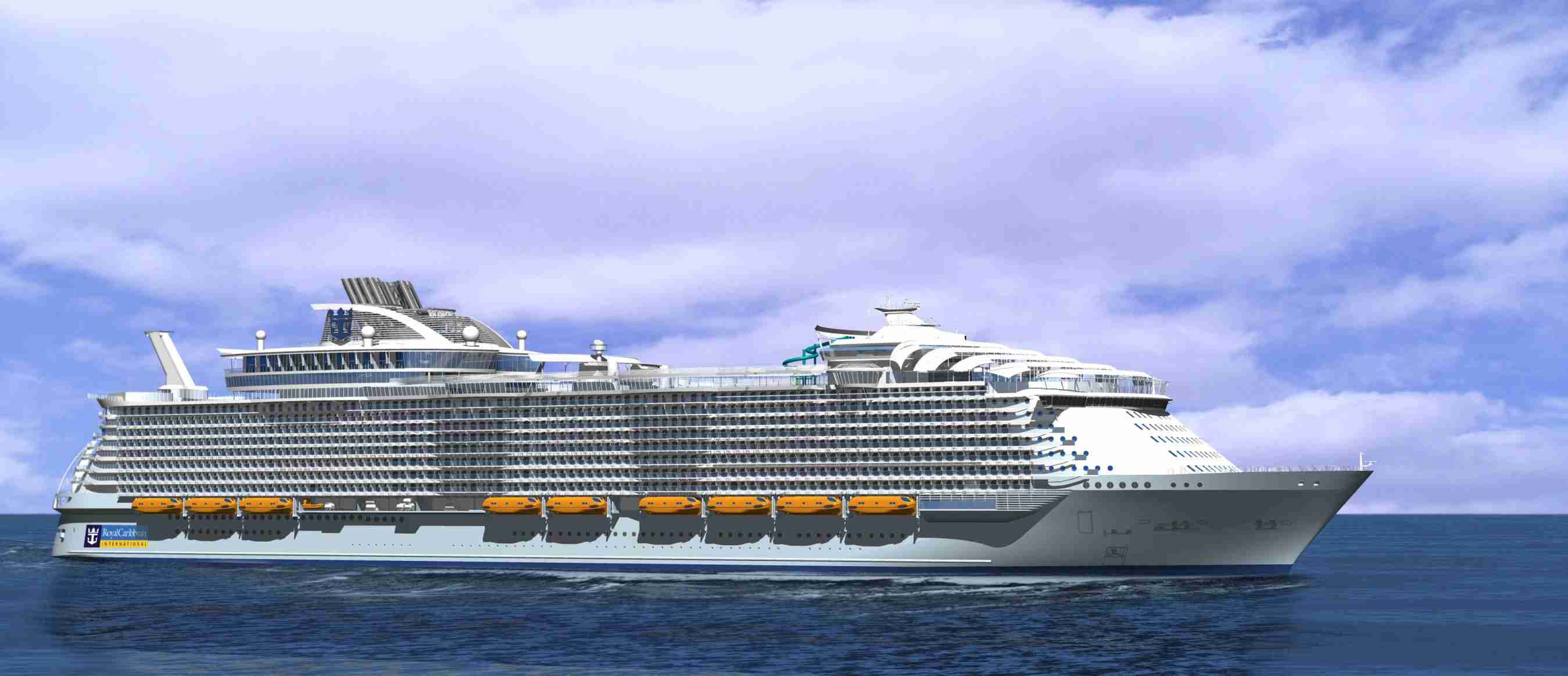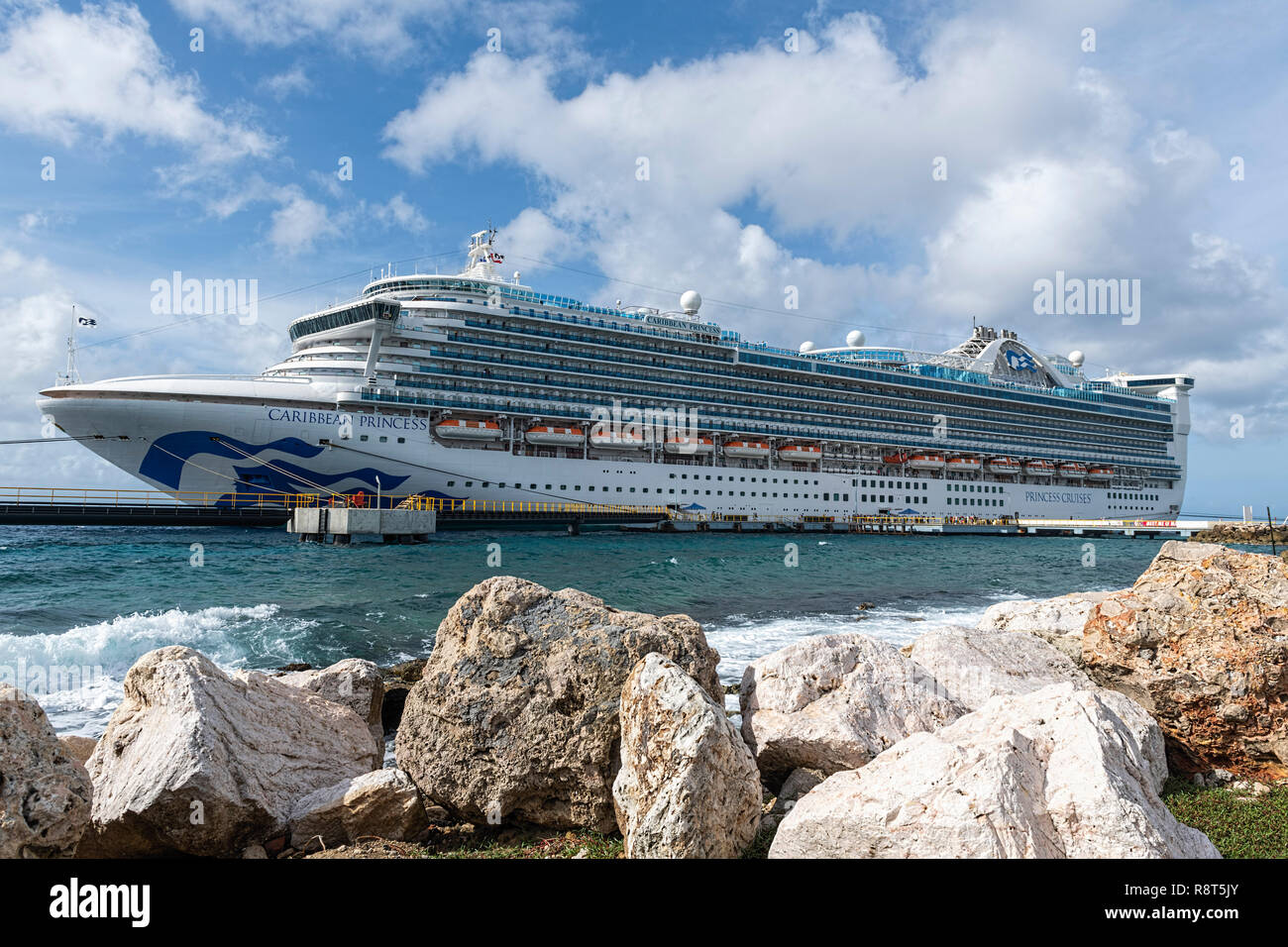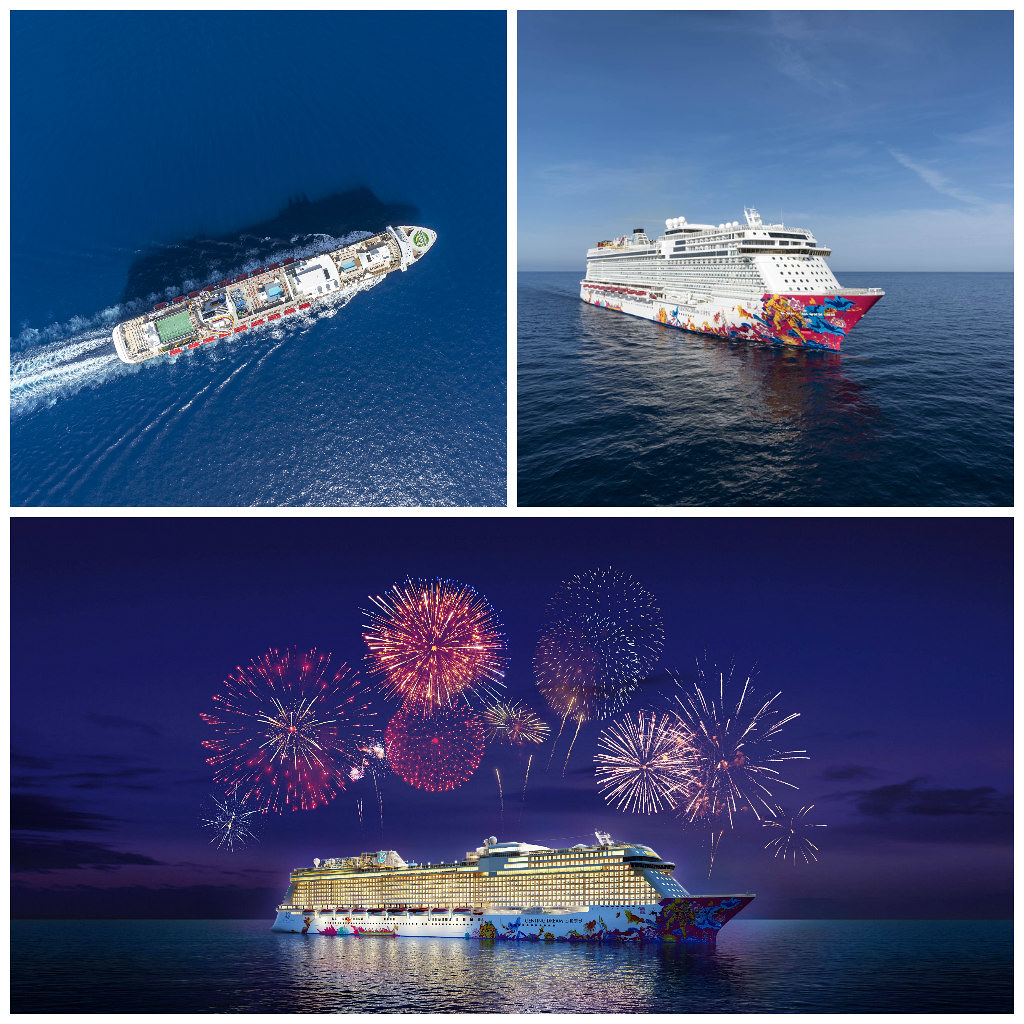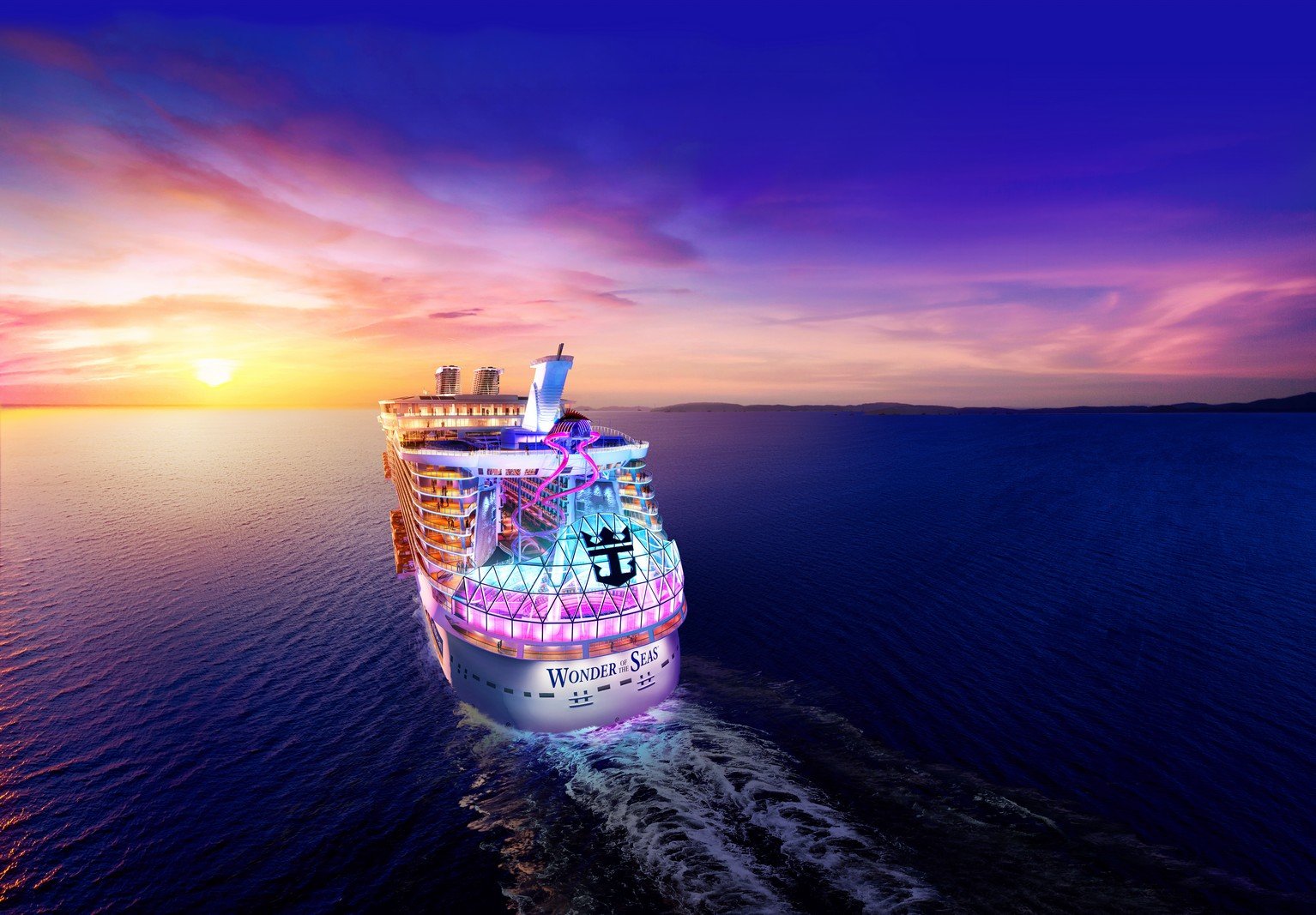How Thick Is The Hull Of A Cruise Ship
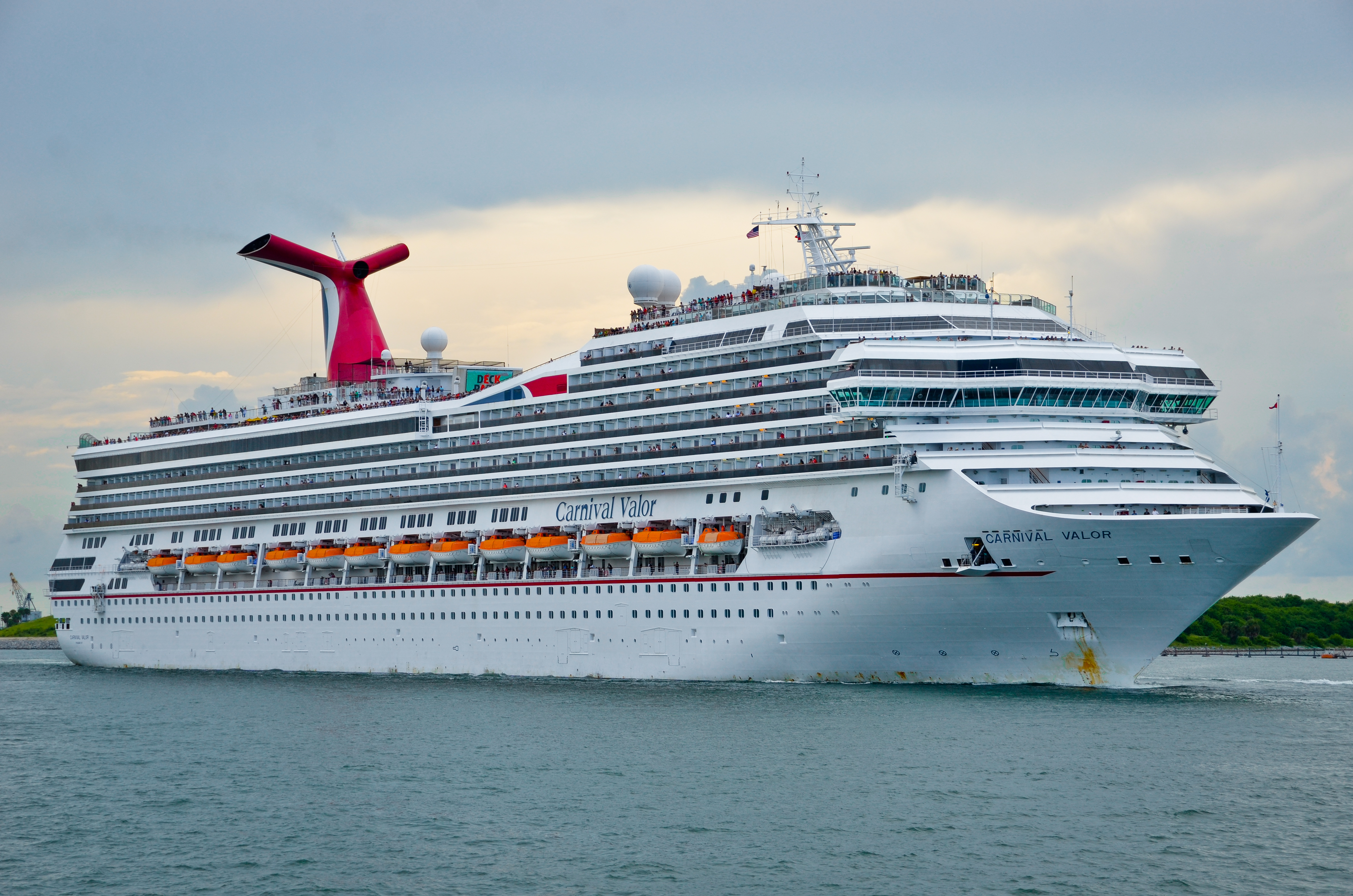
Modular methods are used out of necessity as well as convenience the 30mm thick hull steel sections are incredibly heavy some weighing almost 180 tonnes.
How thick is the hull of a cruise ship. Some ships have areas of greater thickness in higher grade steel to double as splinter protection such as the Iowa class. 8mm welded steel keel plating 6mm and 8mm welded steel bottom plating and 5mm topsides plating. Cruise ships are designed to be more like a floating hotel rather than a machine built to cross the ocean in dangerous conditions.
If you have the time you can look up the required shell plating thickness for a hypothetical cruise ship from various class rules. Cruise ships have displacement hulls designed to move the water to the side as they move. The fastest cruise ship Cunards Queen Mary 2 can reach top speeds of up to 30 knots.
The maximum speed of a cruise ship is around three knots faster than its average cruising speed. In this design there is a plate floor every 305 meters and a frame every 1 meter. In other words ocean liners are meant to transport passengers and cargo from one.
In fact much of the ship including steel hull plates are constructed in a modular approach. Large oceangoing ships typically employ a deep V-shaped hull to slice through the water efficiently and smoothly. Due to their width 32 m 105 ft they cant pass through the lock gates.
Some ships have steel a good bit thicker than that. Up To 100 Instant Savings 50 Off Every Guest Kids Sail Free. Round-Bottomed Hull Moves easily through the water even at slow speeds.
The photos shows the hull being lifted from the building frame former and one where she sits outside - no frames in hull - just the sheer stuts holding the hull in shape. The thickness of the ship would always be far thicker than the available water layer given 5 gallons spread out. This is the ports second ferry terminal built for PO Ferries and the worlds largest Ro-Ro passenger ships Pride of Rotterdam and Pride of Hull.
